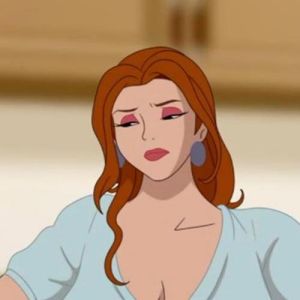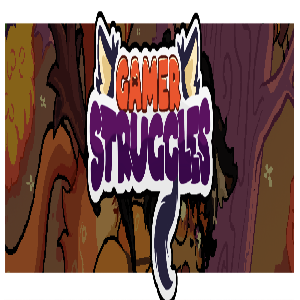The 1970s was a decade of significant upheaval for Marvel Comics. While it introduced iconic characters and pivotal storylines, such as "The Night Gwen Stacy Died" and Doctor Strange meeting God, the real transformation came in the early 1980s. This period marked the beginning of landmark runs by some of Marvel's greatest creators. Frank Miller's transformative work on Daredevil, John Byrne's innovative take on the Fantastic Four, David Michelinie's compelling Iron Man stories, and the peak of Chris Claremont's legendary X-Men run set the stage for enduring character development. Not to be outdone, Roger Stern's Amazing Spider-Man and Walt Simonson's Thor were just around the corner, further cementing the 1980s as a golden age for Marvel. These creators' contributions are fundamental to understanding why these characters remain beloved to this day.
When reflecting on the entire history of the Marvel Universe, it's clear that the 1980s stand out as a true golden age. In Part 7 of our series, we dive into the essential issues that defined this era at Marvel.
More Essential Marvel
1961-1963 - The Birth of a Universe
1964-1965 - The Sentinels Are Born and Cap Dethaws
1966-1969 - How Galactus Changed Marvel Forever
1970-1973 - The Night Gwen Stacy Died
1974-1976 - The Punisher Begins His War on Crime
1977-1979 - Star Wars Saves Marvel From Bankruptcy
The Dark Phoenix Saga and Other All-Time X-Men Stories
Chris Claremont's defining run on the X-Men began in 1975, yet it was in the early 1980s that some of its most celebrated stories emerged. The Dark Phoenix Saga, spanning X-Men #129-137, stands as the most iconic X-Men narrative. This epic tale, co-plotted and illustrated by John Byrne, showcases the transformation of Jean Grey into the Dark Phoenix, a formidable antagonist. It introduces pivotal characters like Kitty Pryde (Shadowcat), Emma Frost, and Dazzler. The emotional climax, where Jean sacrifices herself, remains one of the most poignant moments in X-Men lore. Despite multiple adaptations, including films like X-Men: The Last Stand and Dark Phoenix, fans often agree that animated series, such as X-Men: The Animated Series and Wolverine & the X-Men, capture the essence of this saga more faithfully.
AnswerSee ResultsFollowing closely, Days of Future Past in X-Men #141-142 presents a dystopian future dominated by Sentinels, first introduced by Stan Lee and Jack Kirby in 1965. In this gripping two-issue arc, an adult Kitty Pryde travels back in time to thwart the assassination of Senator Robert Kelly by Mystique and her Brotherhood of Evil Mutants, a pivotal event triggering the apocalyptic future. This storyline's impact is evident in its adaptations, including the 2014 film X-Men: Days of Future Past and the season arc of Wolverine & the X-Men.
X-Men #150 rounds out the trilogy of standout stories from this period. In this issue, a near-fatal encounter between the X-Men and Magneto leads to the revelation of Magneto's Holocaust survivor backstory, a defining moment that reshapes his character into a more complex figure.
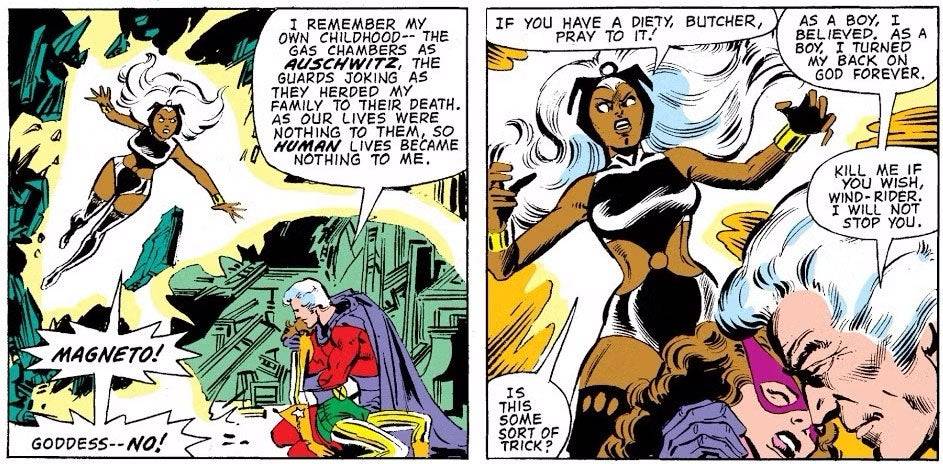 X-Men #150
X-Men #150
The First Appearances of Rogue, She-Hulk, and the New Mutants
The 1980s also saw the introduction of major characters, particularly notable female heroes. Rogue, initially a villain, made her debut in Avengers Annual #10 as part of Mystique's Brotherhood of Evil Mutants and Mystique's foster daughter. Her encounter with Carol Danvers (Ms. Marvel) dramatically altered both characters' trajectories. This issue also addressed controversial elements from Avengers #200, marking a critical juncture in Marvel's history.
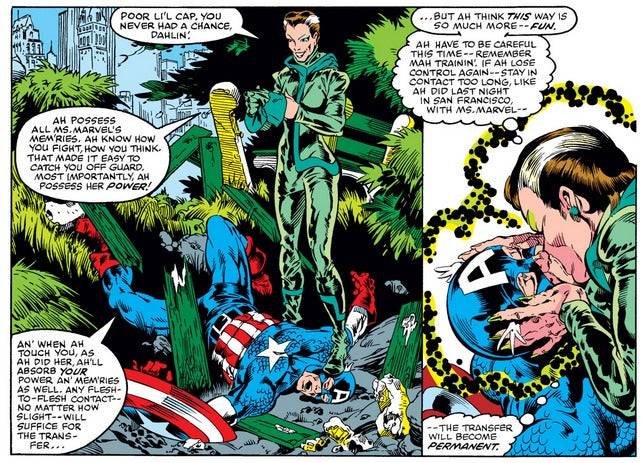 Rogue... as a bad guy in Avengers Annual #10.
Rogue... as a bad guy in Avengers Annual #10.
Jennifer Walters, aka She-Hulk, debuted in Savage She-Hulk #1, the final character co-created by Stan Lee during his original Marvel tenure. After receiving a blood transfusion from her cousin Bruce Banner, She-Hulk gained similar powers. Though her initial solo series was less acclaimed, her subsequent team-ups with the Avengers and Fantastic Four solidified her as a fan favorite, eventually leading to her portrayal by Tatiana Maslany in the MCU's She-Hulk series.
The New Mutants, Marvel's first X-Men spin-off, debuted in Marvel Graphic Novel #4 before securing their own series. The team, consisting of young mutants like Cannonball, Sunspot, Karma, Wolfsbane, and Dani Moonstar (Mirage), along with the later addition of Illyana Rasputina (Magik), brought fresh dynamics to the X-Men universe. This team's lineup, minus Karma, was featured in the 2020 New Mutants film, with Anya Taylor-Joy portraying Magik.
Iconic Storylines for Daredevil, Iron Man, and Captain America
Daredevil #168 marked the beginning of Frank Miller's groundbreaking run, introducing Elektra and redefining the Man Without Fear's mythos. Over the next two years, Miller's gritty, noir-influenced storytelling introduced key elements like Kingpin as Matt Murdock's nemesis, Stick, the Punisher, and the tragic death of Elektra by Bullseye. This run, particularly issues #168-191, inspired adaptations like the 2003 film and the 2015 Netflix series, with the latter set to continue in the MCU's Daredevil: Born Again.
David Michelinie and Bob Layton's Doomquest in Iron Man #149-150 solidified Doctor Doom as a solo adversary for Iron Man, sending them back to the era of King Arthur. This adventure not only expanded Iron Man's rogues gallery but also set the stage for future collaborations between Doom and Morgan le Fay.
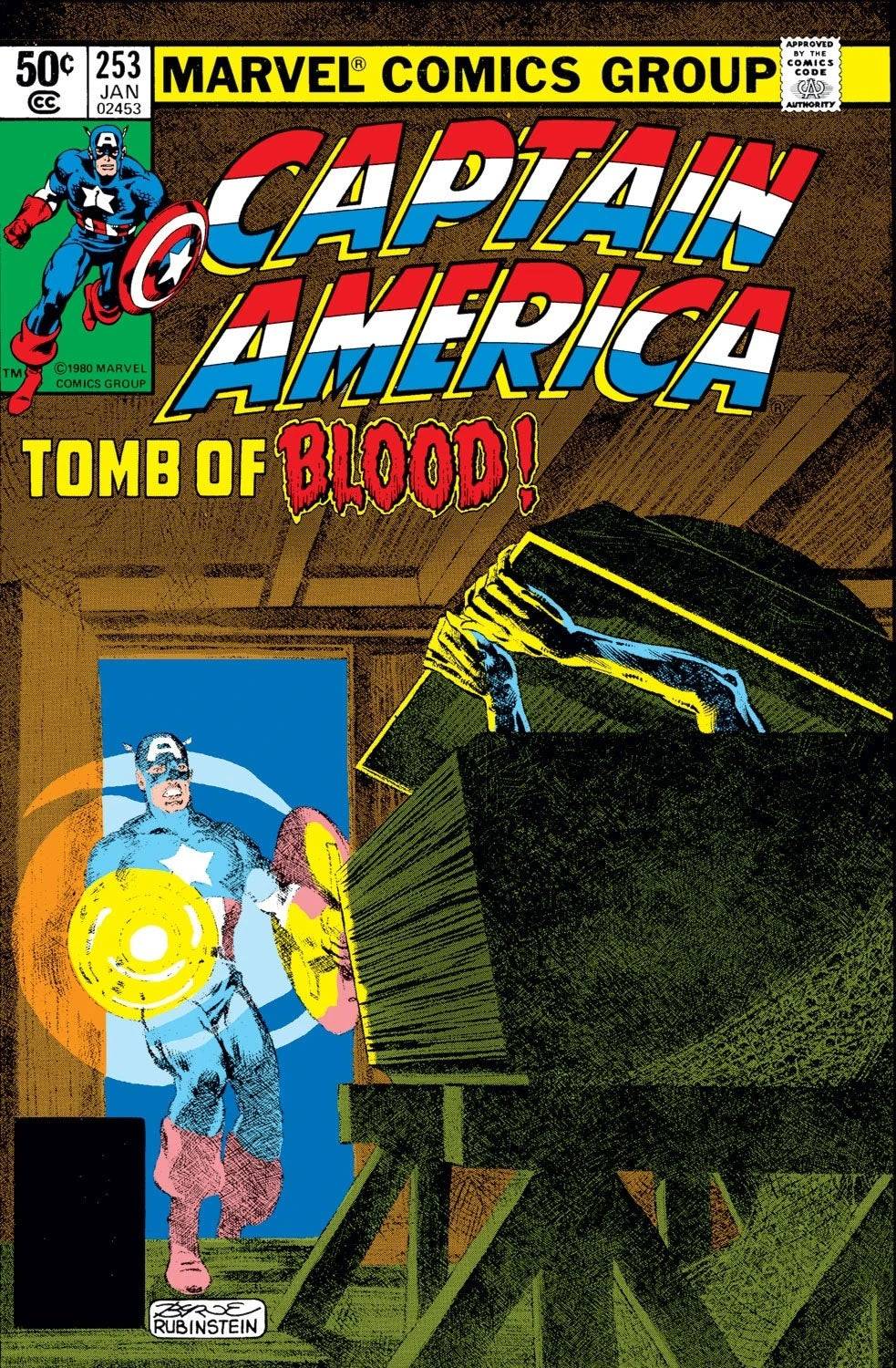 Captain America #253
Captain America #253
Roger Stern and John Byrne's darker tale in Captain America #253-254 featured a confrontation with the Nazi vampire Baron Blood, showcasing stellar artwork and a gripping narrative, highlighting the Invaders' WWII connection.
Moon Knight Becomes a Hero and Marvel Helps Create the G.I. Joe Mythology
Moon Knight #1 firmly established the character as a hero, detailing his backstory and introducing his alternate identities, Steven Grant and Jake Lockley. This issue laid the groundwork for all subsequent Moon Knight stories.
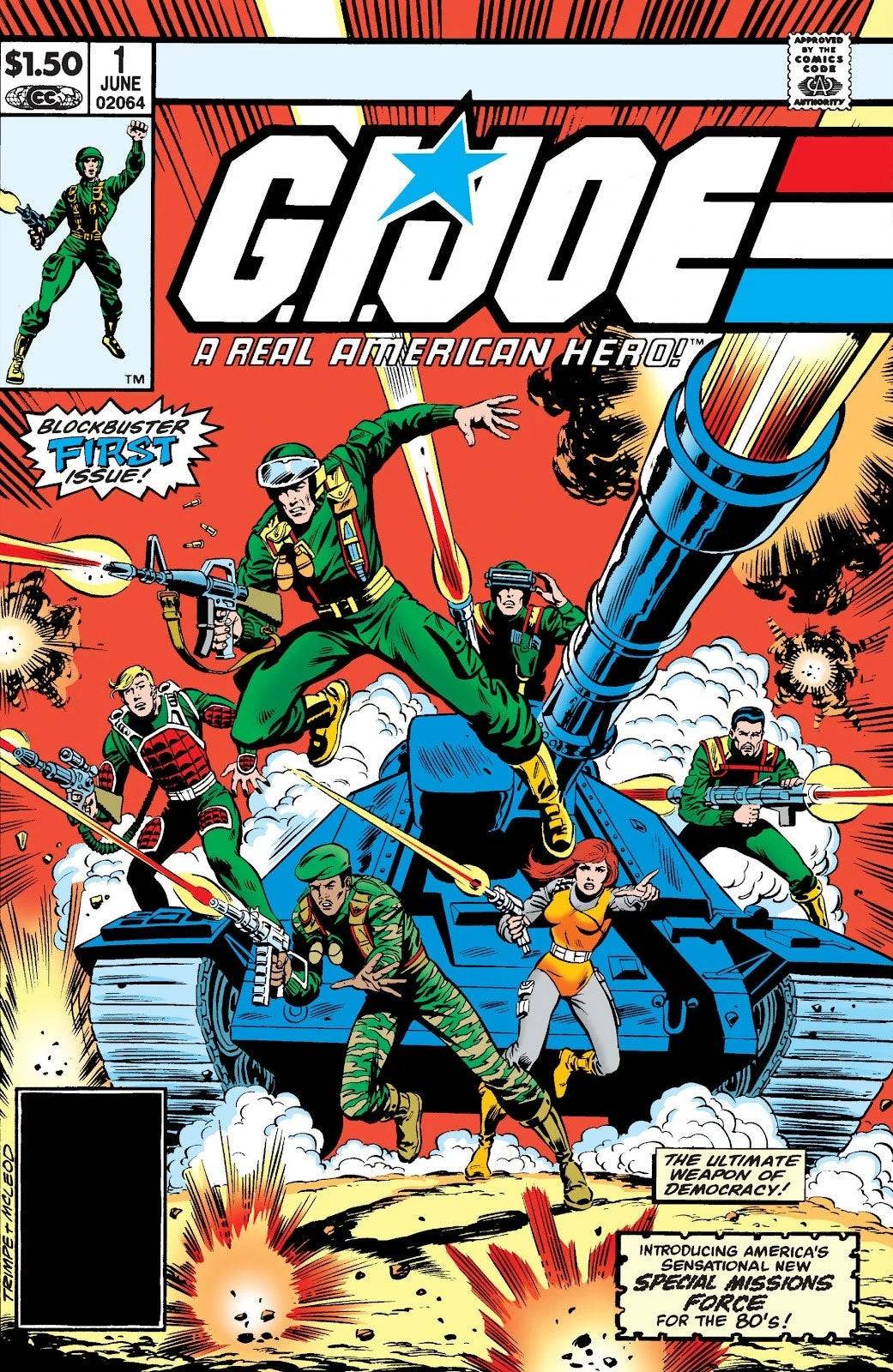 G.I. Joe #1
G.I. Joe #1
Though not owned by Marvel, G.I. Joe's mythology was significantly developed through Marvel's comic series starting in 1982. Archie Goodwin conceptualized Cobra, while Larry Hama fleshed out characters like Scarlett, Snake Eyes, Storm Shadow, Lady Jaye, and the Baroness. Hama's storytelling made G.I. Joe one of Marvel's most popular titles in the mid-1980s, notably appealing to female readers due to its equitable portrayal of female characters.









